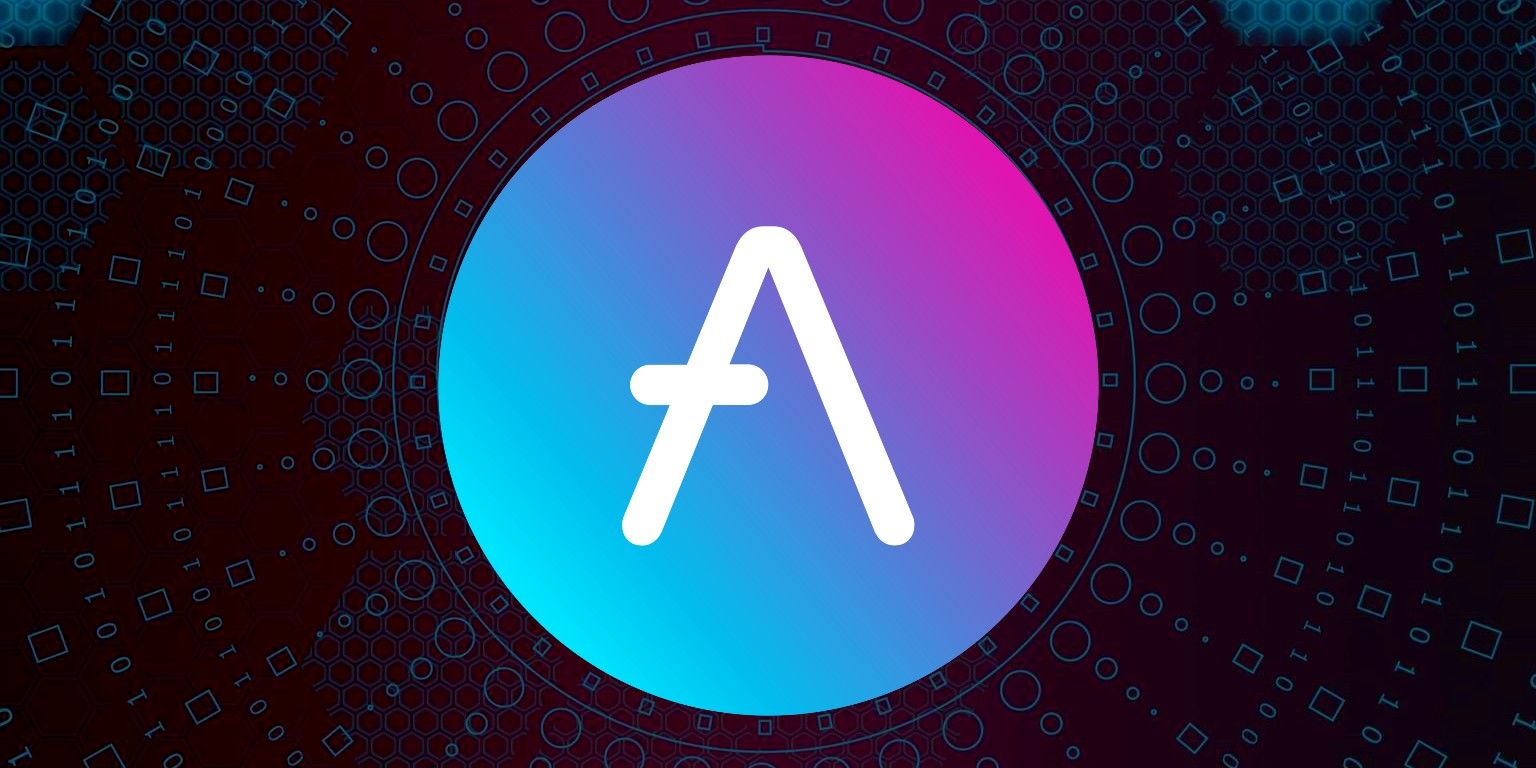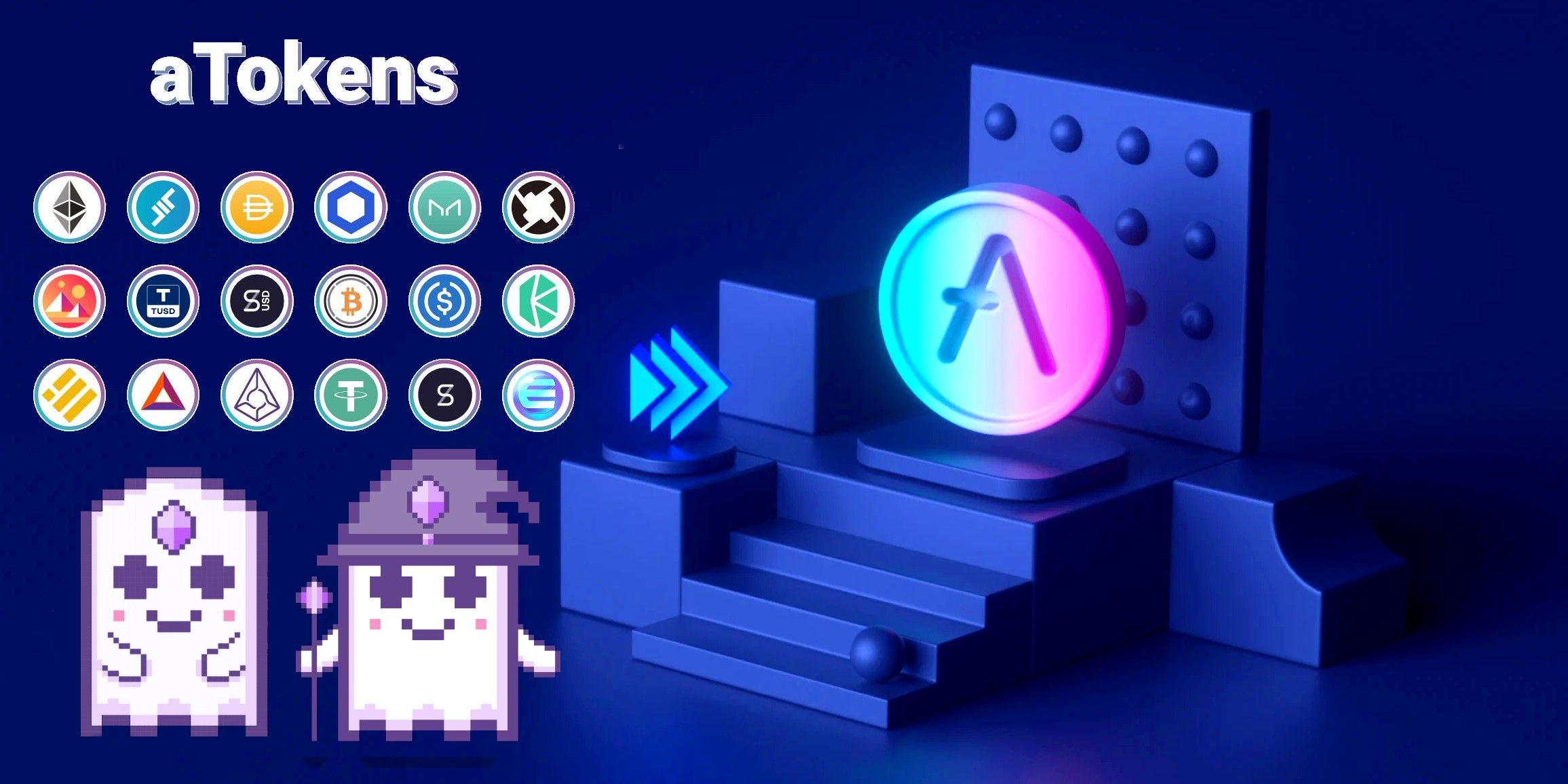One of the important core functions of Decentralized Finance (DeFi) is the cryptocurrency lending and borrowing app, which allows depositors to earn interest on their crypto savings or to borrow against them. The cited use case for taking out a crypto-backed loan is to tap into a fraction of a cryptocurrency's value without selling it, so holders can begin spending their crypto while remaining exposed to potentially higher gains. However, this also exposes the borrower to the risk of liquidation if the price of their deposit falls too low.
Taking out secured loans without a credit score was one of the first big breakthroughs of DeFi. Credit scoring is a crucial economic primitive in the traditional financial (TradFi) system, without which loans would be impossible to issue safely, but in DeFi, a credit scoring system is nearly impossible. To get around this limitation, DeFi developers created over-collateralized lending systems, where there exists more collateral backing every loan than the value of the loan itself (i.e., a user must deposit $100 of ETH to borrow $50 of stablecoins). Since then, over-collateralized loans have been the dominant lending system of DeFi and will remain that way until identity NFTs, blockchain IDs, or soulbound tokens are implemented to create a DeFi credit scoring system.
The Aave protocol was created for over-collateralized lending and borrowing with cryptocurrencies, and Aave V3 is available across seven blockchains: Ethereum, Polygon, Avalanche, Fantom, Harmony, Arbitrum and Optimism. Aave's FAQ section explains how users can deposit stablecoins and/or cryptocurrencies into its blockchain smart contracts, which automatically lend them to borrowers and sends most of the interest payments back to the lenders. Interest rates for Aave's crypto-backed loans are variable (by default) and depend upon the number of assets available for borrowing versus the number of already borrowed assets. Borrowers can tap into 30 percent to 50 percent of the dollar value of their cryptocurrency deposits and even up to 82.5 percent of their stablecoin deposits. Aave uses a "liquidity pool" system, where lenders' assets are pooled together into one smart contract and from which borrowers take and repay their loans.
How Are Crypto-Backed Loans Used?
While the most commonly cited example of why someone would take out a crypto loan is to pay for emergency expenses or enjoy their gains without selling, most borrowers use crypto loans to create leverage for long or short trades. Leverage is created through a "laddering" technique that involves borrowing against a deposit, purchasing more crypto from a decentralized exchange (DEX) like Uniswap, depositing the purchased crypto, and then borrowing against the new deposit. By repeating this technique several times, users can increase their crypto holdings by as much as 95 percent, but this technique also increases the risk of liquidation if prices crash. Laddering/leveraging can open long positions by borrowing stablecoins to buy more crypto and sell it later. Alternatively, it can unlock short positions by borrowing and selling cryptocurrency to buy back later for cheaper.
Aave also offers some Defi-unique abilities. For instance, when a user deposits crypto into Aave, they receive aTokens to represent their deposit (i.e., aETH, aUSDC, etc.) which accumulates interest paid by borrowers. aTokens can be bought and sold on DEXes, used in DeFi applications that take them, and fed to an Aavegotchi NFT pet to earn additional yield for its owner. Aave V2 also allows users to swap out their collateral through a simple swapping interface, which previously required the use of advanced flash loans.
Cryptocurrency lending and borrowing apps have become a staple of the DeFi industry and currently boast billions of dollars of value locked inside their smart contracts. The Aave protocol is the most popular of these apps, but Maker Protocol and Compound offer similar services. Aave allows crypto holders to access a fraction of the value of their cryptocurrency holdings without selling them, which they can use for emergency expenses, spending their gains, or opening much riskier leveraged long or short positions.
Source: Aave, Aave Documentation, Aavegotchi


